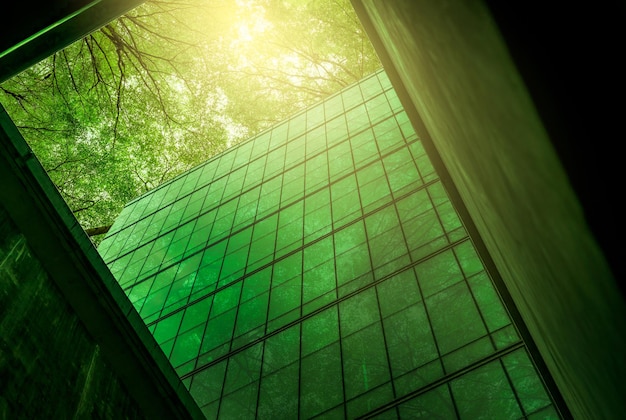
As the world continues to prioritize sustainable practices and environmentally friendly solutions, glass partitions have emerged as a popular choice for both residential and commercial spaces. With their sleek design and numerous benefits, glass partition walls offer more than just aesthetic appeal. In this article, we will explore the sustainable features of glass partitions, highlighting their energy efficiency, recyclability, daylight harvesting capabilities, and integration with green building certifications.
Energy Efficiency and Reduced Carbon Footprint
One of the key sustainable features of glass partition walls is their energy efficiency, which contributes to a reduced carbon footprint. Glass partitions are designed to enhance natural lighting, thus reducing the need for artificial lighting during the day. By allowing ample sunlight to flow through the space, these partitions minimize the dependence on electric lights and subsequently decrease energy consumption.
Moreover, glass partitions can be fitted with advanced glazing technologies that offer thermal insulation properties. These technologies help regulate temperature within the space, reducing the need for excessive heating or cooling, and resulting in significant energy savings. By optimizing energy usage, glass partitions play a crucial role in reducing greenhouse gas emissions and promoting a more sustainable environment.
Recyclable and Environmentally Friendly Materials
Another sustainable aspect of glass partitions lies in the materials used in their construction. Glass, as a primary component, is infinitely recyclable. This means that at the end of its life cycle, it can be recycled and transformed into new glass products without any loss in quality. Recycling glass reduces the demand for raw materials and reduces the amount of waste sent to landfills.
In addition to glass, the frames and fittings of glass partitions are often made from aluminum or steel, both of which are highly recyclable materials. By utilizing these recyclable materials, glass partitions contribute to the circular economy, where resources are reused and waste is minimized. This sustainable approach to construction aligns with the principles of environmental conservation and ensures that glass partitions have a minimal impact on the planet.
Daylight Harvesting and Reduced Energy Consumption
Glass partitions are designed to maximize the use of natural light, a concept known as daylight harvesting. By allowing sunlight to penetrate deep into the space, glass partitions create a bright and vibrant environment that enhances occupant well-being and productivity. Furthermore, the use of natural light reduces the reliance on artificial lighting, leading to a significant reduction in energy consumption.
With the integration of smart technologies, glass partitions can be equipped with sensors that automatically adjust the intensity of artificial lighting based on the available natural light. This dynamic lighting control further optimizes energy usage by only activating artificial lights when necessary. By combining daylight harvesting with efficient lighting systems, glass partitions contribute to sustainable practices in building design and operation.
Integration with Green Building Certifications
Glass partitions have become an integral part of sustainable building design and have earned recognition from various green building certifications. These certifications, such as LEED (Leadership in Energy and Environmental Design) and BREEAM (Building Research Establishment Environmental Assessment Method), evaluate the environmental performance of buildings and grant certification based on criteria related to energy efficiency, materials, and indoor environmental quality.
Glass partitions with their sustainable features, including energy efficiency, recyclability, and daylight harvesting capabilities, align well with the requirements of these certifications. By incorporating glass partitions into the design of a building, architects and developers can earn valuable points towards achieving green building certifications. These certifications not only demonstrate a commitment to sustainability but also enhance the market value and appeal of the building.
In conclusion, glass partition walls offer a range of sustainable features that make them an excellent choice for modern construction. From energy efficiency and reduced carbon footprint to the use of recyclable materials and integration with green building certifications, glass partitions contribute to a more sustainable built environment. By embracing these sustainable features, individuals and businesses can create spaces that are not only aesthetically pleasing but also environmentally responsible. Incorporating glass partitions into building designs is a step towards a greener future, where sustainability and functionality go hand in hand.
Read Next: Update Minecraft? Here’s How You Can Update it on Windows



